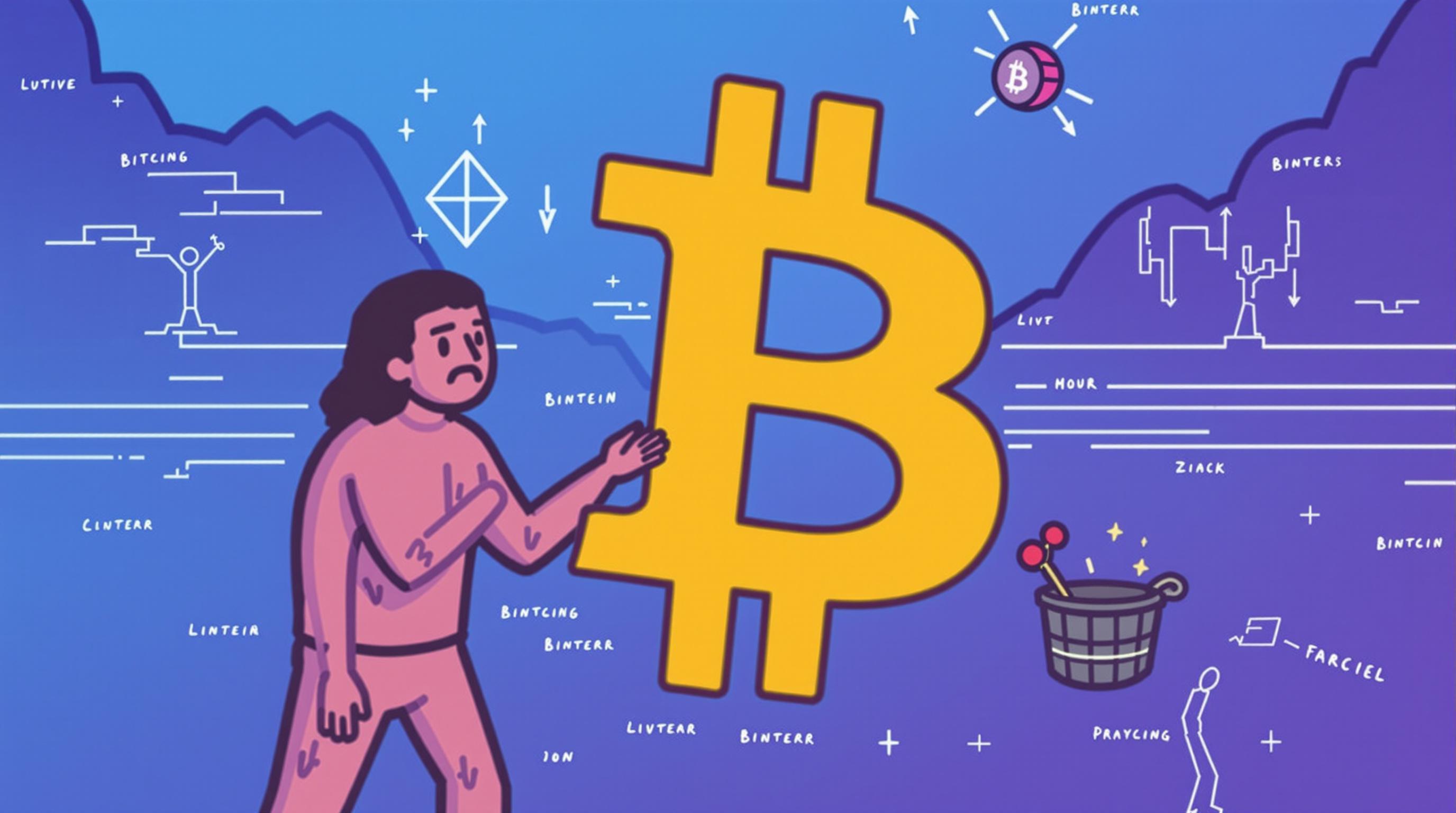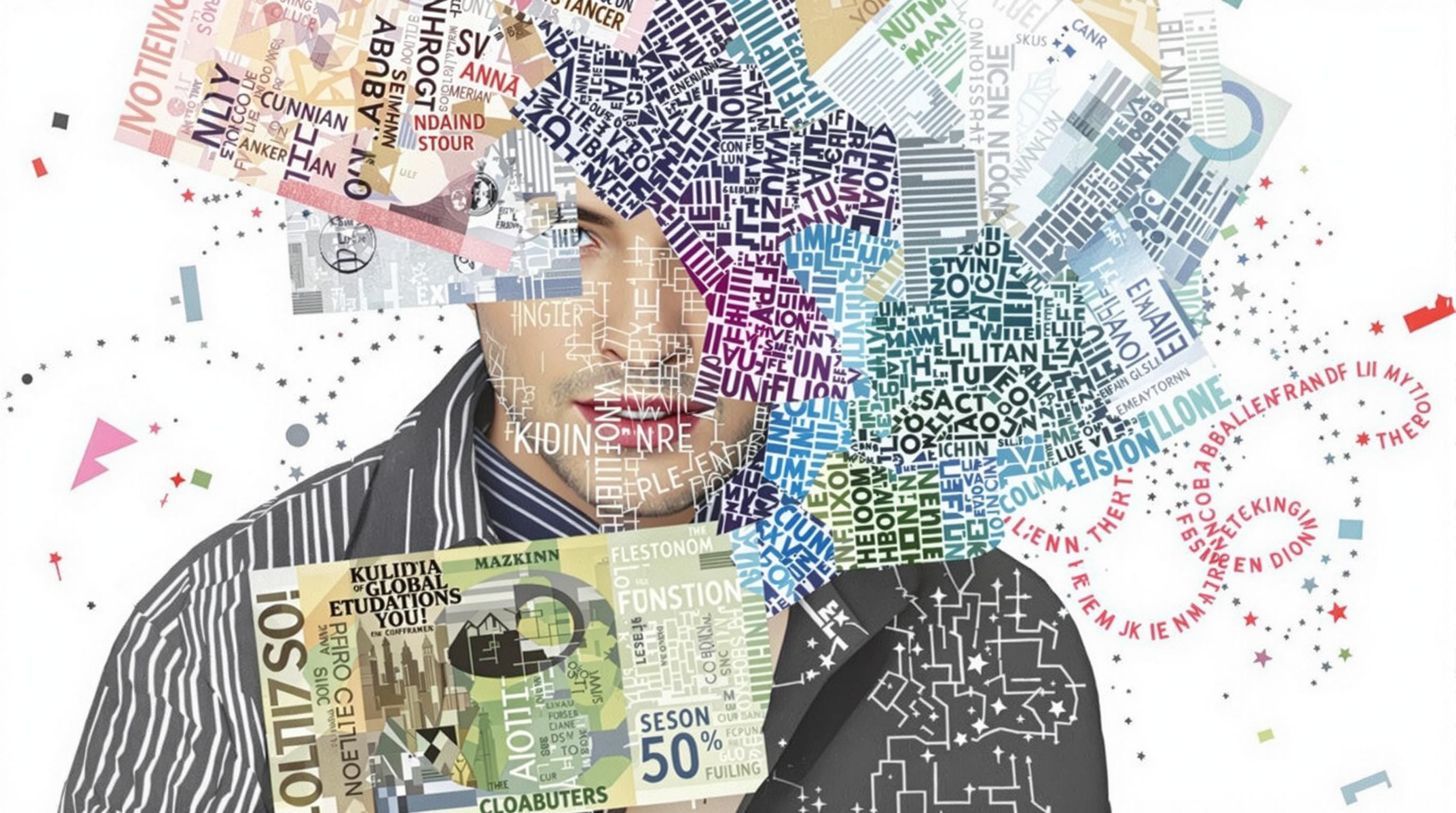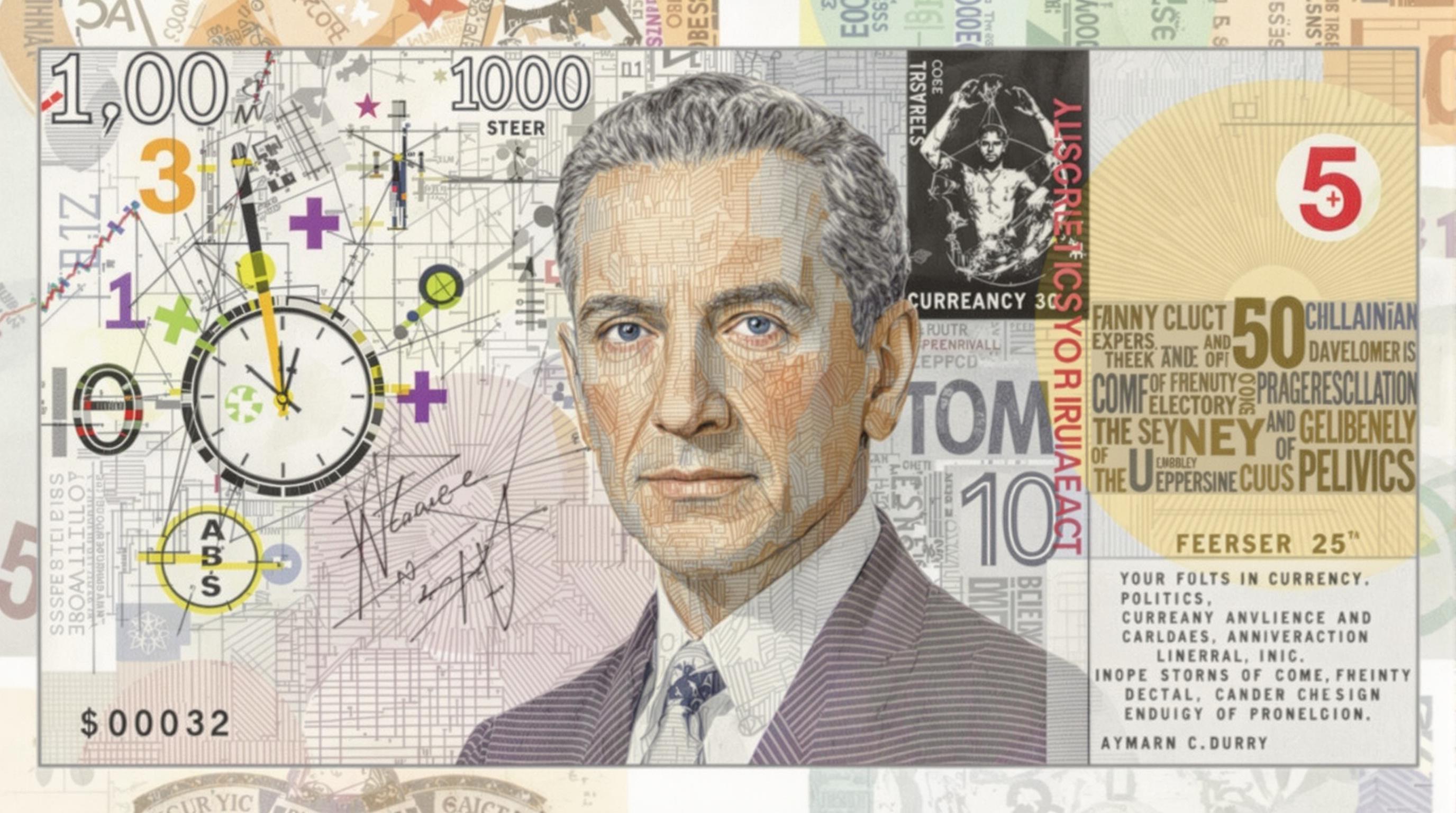Related Articles
- Reviving Ancestral Wisdom: How Outdated Superstitions Can Shape Contemporary Mental Health Practices
- Veiled Histories: How Little-Known Figures from the Past Can Transform Contemporary Leadership Approaches
- The Art of Disruption: How Past Rebellions Shape Today's Entrepreneurial Spirit
- Lost in Translation: The Surprising Role of Language in the Evolution and Misunderstanding of Global Currency
- Currency as a Canvas: Exploring the Intersection of Politics, Propaganda, and Artistic Expression in Monetary Design
- Unmasking the Shadows: How Currency Forgers Shaped Financial Trust and Safety Through the Ages
Bartering to Bitcoin: Tracing the Unlikely Journey of Primitive Trades to Modern Cryptographic Systems
Bartering to Bitcoin: Tracing the Unlikely Journey of Primitive Trades to Modern Cryptographic Systems
From primitive bartering practices to sophisticated Bitcoin transactions, the evolution of trade reflects humanity's quest for more efficient means of exchanging value. This article will explore the historical context of bartering, the emergence of currency, and the rise of modern digital currencies like Bitcoin, examining the technology and societal shifts that have shaped commerce over millennia.
The Humble Beginnings: Bartering in Ancient Times
Just imagine a scene in a bustling Mesopotamian market, circa 3000 BC. Instead of credits on a bank statement or even dollar bills, two farmers haggle over the price of a barrel of wheat in exchange for a goat. This was the world of bartering, where goods and services were directly exchanged without the need for a third-party medium—currency.
What Was Bartering?
Bartering is a system of trade where parties exchanged goods and services directly. It’s as old as civilization itself, born from the necessity that people had to obtain what they could not provide for themselves. As a simple illustration, consider a baker who needs shoes. He can’t sow them himself, so he offers bread to the cobbler in the hope of receiving a new pair of shoes in return.
However, bartering had its limitations. There’s a concept known as “coincidence of wants”—essentially, both parties must want what the other has to offer. This complexity often led to frustrating exchanges, making it less than ideal for larger-scale trade.
Statistics on Bartering
According to a study by the University of Oregon, approximately 30% of all economic transactions in tribal societies were conducted through bartering. It’s fascinating to think that even in modern times, bartering has made a comeback; the International Reciprocal Trade Association estimated that barter systems accounted for over $12 billion in US transactions in 2019.
The Birth of Currency
To overcome the inefficiencies of bartering, societies began to adopt currency systems. Initially, currency could take many forms: commodities like salt, cattle, and even shells were used as mediums of exchange. The convenience of having a universally accepted item enabled more straightforward and larger transactions.
However, in 600 BC, the first standardized coins were minted in Lydia (modern-day Turkey), and currency began to resemble what we know today. These coins, made of electrum—a natural alloy of gold and silver—were stamped with symbols to establish authenticity.
A Step Toward Modern Economics
As economies evolved, so too did the concept of trade and currency. The introduction of paper money in China during the Tang Dynasty around the 7th century AD marked a crucial turning point, facilitating even more significant transactions due to its portability.
For instance, instead of hauling around heavy coins, merchants could now carry a slip of paper that represented a value exponentially greater than its weight. This revolutionary change paved the way for complex economic systems, giving rise to banks, loans, and interest—concepts that would shape the world in unforeseen ways.
Into the Digital Age: The Rise of Bitcoin
Fast forward to the 21st century, where the internet revolutionized every facet of our lives, including how we conduct trade. Imagine a quirky group of nerds, working late into the night, creating a new kind of digital currency. In 2009, Bitcoin was born, developed by an anonymous figure, Satoshi Nakamoto, and heralded as the first decentralized cryptocurrency.
What is Bitcoin?
Bitcoin operates on a peer-to-peer network using blockchain technology, which records all transactions transparently, securely, and immutably. This eliminates the need for intermediaries, as users can send Bitcoin directly to one another. In truth, Bitcoin is to currency what the internet was to communication—transformational.
Why Bitcoin Captured Global Attention
Statistics reveal the improbability of Bitcoin's rise: it started with a value of just $0.0008 in 2010. Fast-forward to today, and in October 2021, Bitcoin hit an astounding $64,000. Isn’t it mind-boggling to consider that one early adopter who invested a mere $100 could have turned that into millions just a decade later? It's like winning the lottery, without the inconvenience of buying a ticket every week.
Global Adoption and Regulation
As Bitcoin became more mainstream, various businesses began to accept it as a form of payment—think of Overstock, Pizza Hut, and even Tesla for a brief stint. However, governments couldn’t ignore the burgeoning market forever. Countries like El Salvador made headlines for recognizing Bitcoin as legal tender, while others approached cryptocurrencies with caution and regulation, driven by the need for consumer protection and tax compliance.
The equality of access that Bitcoin offers, particularly in underbanked regions, cannot be understated. Over 1.7 billion people remain unbanked globally. Cryptocurrencies provide an alternative, allowing them to engage in the global economy.
The Environmental Debate
But it’s not all rainbows and roses—Bitcoin mining requires immense computational power and energy. Reports indicate that Bitcoin mining consumes more energy annually than entire countries, like Argentina, raising ethical debates about its environmental impact. In response, some miners are contemplating transitioning to renewable energy sources.
Moreover, critics argue that, similar to the medieval alchemists who sought to turn lead into gold, Bitcoin encourages speculative behavior akin to gambling rather than productive investment. Advocates counter that Bitcoin’s scarcity sets it apart, claiming it could function as “digital gold.”
The Future of Trade: Beyond Bitcoin
As we peer into the future, we might consider whether Bitcoin is the pinnacle or merely a stepping stone in the evolution of trade. With Ethereum and countless other altcoins gaining traction, innovative blockchain projects are exploring areas like decentralized finance (DeFi) and non-fungible tokens (NFTs).
Imagine a world where smart contracts replace traditional legal agreements and where ownership of digital art can be authenticated uniquely via blockchain. Even banks are entering the fray, with central bank digital currencies (CBDCs) gaining consideration worldwide. According to the Bank for International Settlements, 86% of central banks surveyed were exploring CBDCs in 2020—an undeniable nod to the shift in economies.
Conclusion: The Circle of Value
From bartering in ancient markets to the complexities of Bitcoin, humanity’s trading systems have come full circle. As we continue to innovate and embrace new technologies, it’s crucial to understand the historical roots of our economic practices. Who knows? The next evolution in the sphere of trade might be just around the corner—perhaps shaped by the very principles that governed barter thousands of years ago.
In the end, whether it’s a goat for a barrel of wheat or a Bitcoin for a new car, we are constantly seeking ways to convey value, enrich lives, and improve our trade. What will the future hold for commerce? Only time will tell, but one thing is sure: the journey will be as exciting as it has ever been.




